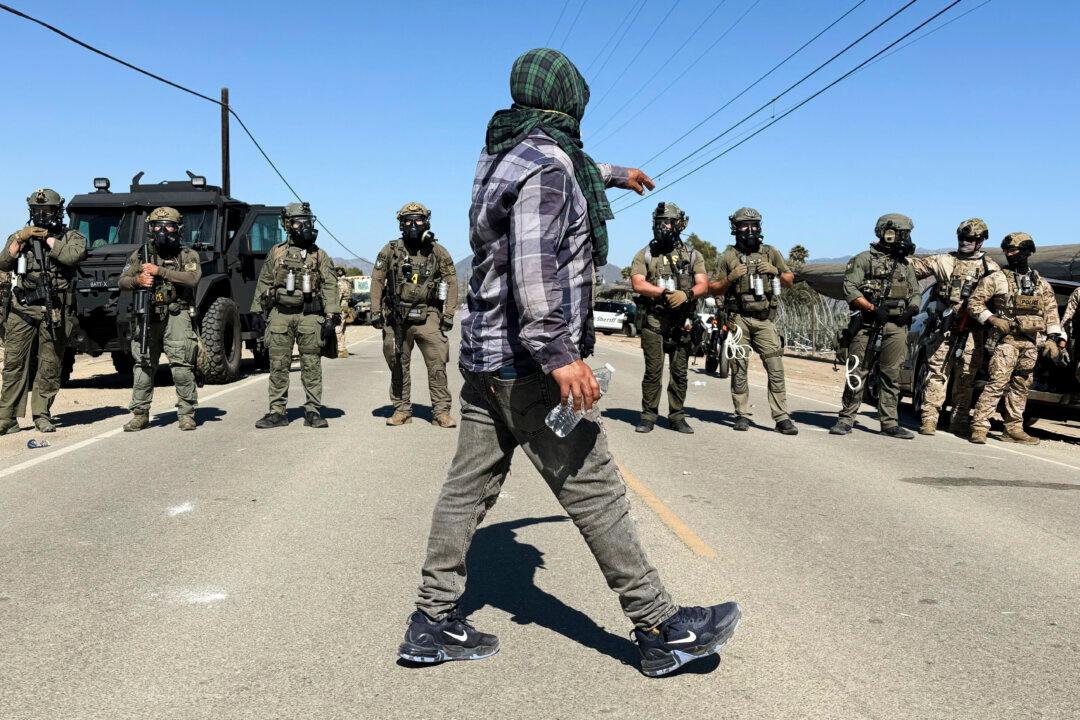Texas Gov. Greg Abbott activated a state emergency response on Jan. 2 to deal with the expected aftermath of severe weather moving across the southern states.
Abbott acted to make resources available after the National Weather Service warned that the eastern half of Texas would see a marginal-to-enhanced risk of severe storms, with the main hazards being destructive winds, tornadoes, huge hail, and heavy rainfall that might result in flash flooding.





